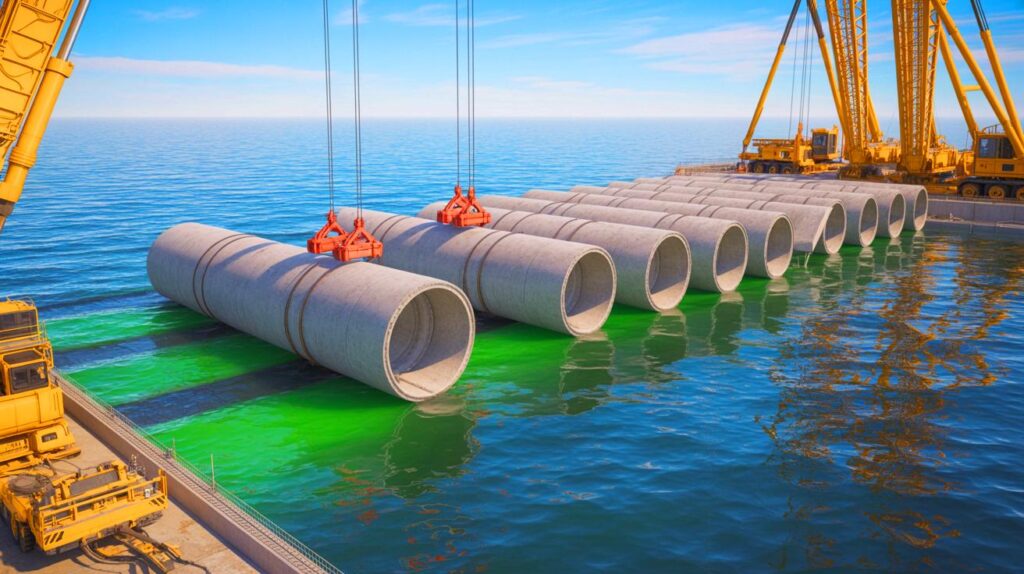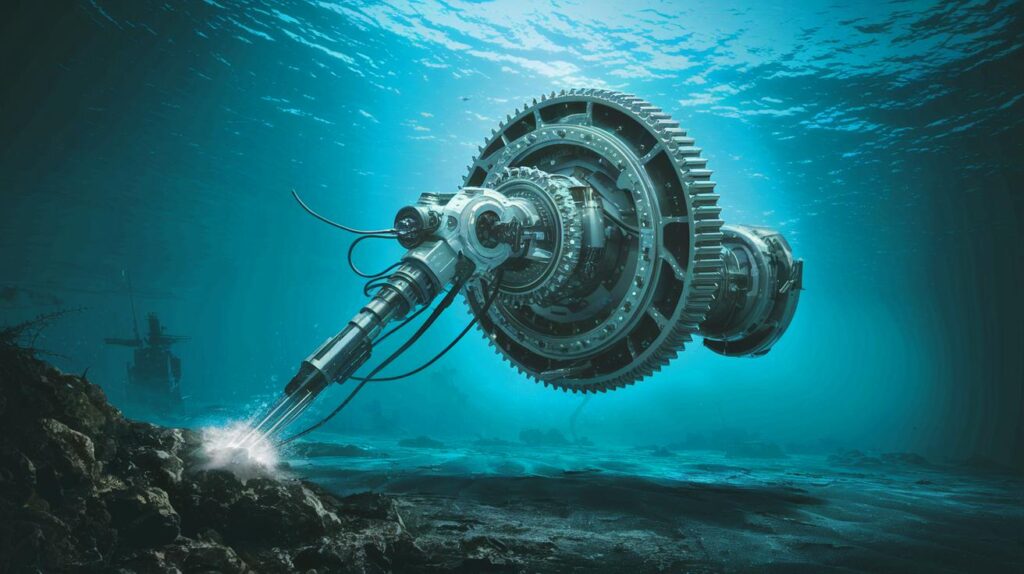| In Brief |
|
The Fehmarnbelt Tunnel, a monumental project linking Denmark to Germany, is set to transform the landscape of European transportation. This innovative underwater crossing promises to reduce travel time between Copenhagen and Hamburg to a mere 7 minutes. With a budget of €6.6 billion, this infrastructure stands out for its commitment to the environment and its economic potential. The initiative aims to reinforce economic and cultural ties between European nations while respecting the delicate marine ecosystems of the Baltic Sea.
An Ambitious Project for Europe
The Fehmarnbelt Tunnel represents more than just a technical feat; it embodies a strategic vision for Europe. By directly linking Denmark and Germany, it creates a rapid and efficient transport corridor across the Baltic Sea. This 18-kilometer infrastructure offers a swift alternative to travel by plane or car, reducing transit times to just 7 minutes. It could become a crucial pillar of the trans-European transport network, facilitating the movement of people and goods across the continent. Furthermore, the project promises to stimulate the regional economy by creating new job opportunities and enhancing trade exchanges. This ambitious development clearly exemplifies how infrastructure can promote international cooperation and sustainable economic growth.
Technological Innovations Serving the Environment
The innovative construction method of the Fehmarnbelt Tunnel differs from traditional tunnel techniques through the use of prefabricated segments. In total, 89 massive segments are produced on land, each weighing 73,500 tons and measuring 217 meters in length, before being submerged with precision. This approach minimizes the impact on the marine ecosystem while accelerating the construction process. Environmental responsibility is a top priority for this project, with strict measures in place to protect the biodiversity of the Baltic Sea. The Fehmarnbelt Tunnel perfectly illustrates how technological advancement can harmonize with nature conservation, offering a model for future sustainable construction efforts.
Economic and Social Impact of the Infrastructure
The construction of the Fehmarnbelt Tunnel serves as a source of innovation and economic development for the region. By reducing travel times, the tunnel facilitates commercial and tourist exchanges, thus stimulating economic growth. Local communities are expected to experience a significant increase in economic activity due to an influx of tourists and foreign investments. As a symbol of international cooperation, the tunnel strengthens ties between Denmark, Germany, and other European countries. This ambitious project could well become a model for future infrastructure endeavors in Europe. It demonstrates that economic growth and environmental sustainability can go hand in hand, encouraging other similar initiatives across the continent.
A New Era for European Transportation
The Fehmarnbelt Tunnel marks the beginning of a new era of connectivity for Europe. This project embodies the commitment to improving transport infrastructure while respecting the environment. By enabling quick and secure travel between Denmark and Germany, the tunnel reinforces European integration and paves the way for new opportunities for exchange and cooperation. By pushing the limits of engineering, this tunnel represents hope for a future where innovation goes hand in hand with sustainability. It raises an intriguing question: what will the next step be in this quest for technological advancement and respect for our planet?







